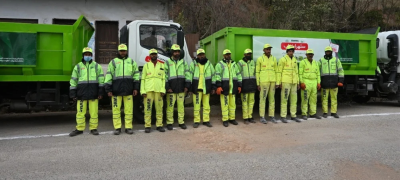Following the devastating flood in 2001 that wreaked havoc on Rawalpindi, it’s imperative to reflect on the lessons learned and implement precautionary measures to prevent a recurrence of such a catastrophe. Here’s a follow-up story addressing the preventive actions that can be taken:
- Improving Drainage Infrastructure: One of the primary reasons for the severity of the 2001 flood was the inadequate drainage system in Rawalpindi. To mitigate future flood risks, significant investments should be made in enhancing the city’s drainage infrastructure. This includes widening and deepening existing drains, constructing additional channels, and ensuring proper maintenance to facilitate efficient water flow during heavy rainfall.
- Floodplain Management: Identifying and protecting floodplains is crucial for minimizing the impact of floods. Authorities should enforce strict regulations to prevent encroachment on these areas and promote land-use planning that prioritizes flood resilience. Moreover, the establishment of buffer zones along rivers and streams can help absorb excess water and reduce flood damage to urban areas.
Also Read: Emergency Declared in Rawalpindi Due to Heavy Rainfall
- Early Warning Systems: Implementing robust early warning systems is vital for timely evacuation and emergency response. This involves installing rain gauges and river level sensors to monitor precipitation and water levels, as well as developing protocols for disseminating alerts to residents in flood-prone areas. Public awareness campaigns should also be conducted to educate communities about evacuation procedures and safety measures during flood events.
- Green Infrastructure: Integrating green infrastructure solutions can enhance the city’s resilience to flooding while providing additional benefits such as improved air quality and urban aesthetics. Planting trees, creating green spaces, and promoting permeable surfaces can help absorb rainwater and reduce runoff, thereby lessening the strain on drainage systems and lowering flood risk.
- Community Engagement: Engaging local communities in disaster preparedness and response efforts is essential for building resilience. Establishing community-based disaster management committees, conducting regular training exercises, and fostering partnerships between residents, local authorities, and NGOs can strengthen community resilience and facilitate coordinated action during emergencies.
By implementing these precautionary measures and learning from the lessons of the past, Rawalpindi can significantly reduce its vulnerability to flood disasters and safeguard the well-being of its residents. It’s crucial for authorities and stakeholders to prioritize proactive measures to ensure the city’s resilience in the face of future rainfall extremes.









